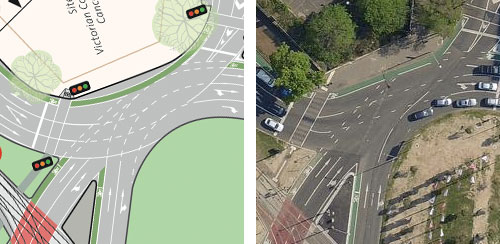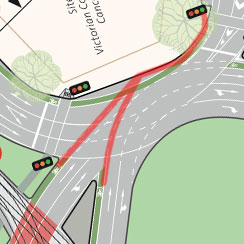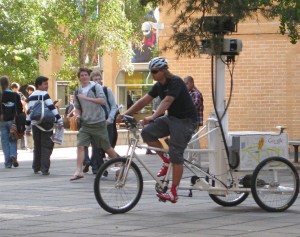For a change of scenery, today I had a run at Woodlands Historic Park. While exploring an alternate path, I stepped over a fence, and somehow my QuadLock belt clip let go, and I dropped my phone. Didn’t realise until I’d driven back home to Brunswick. So began a stressful day. 10:50am.
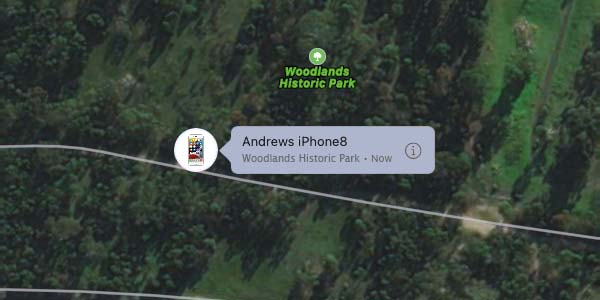
At home, I used Find my iPhone to locate it, and this is when I realised what had happened. It was exactly where I’d stepped through the fence. I took another phone with me so I could call and hear the ringtone, and my mountain bike, because my legs were trashed from the run! Walked back and forth over the area, calling repeatedly over a period of about 10 minutes. I then realised I could send an alert sound to it via Find my iPhone. No sound. It clearly was no longer where I’d dropped it. Sent another alert, but this one didn’t get through. Tried calling again – straight to message bank – the phone had stopped responding. 11:50am.
Really disappointed, now, I headed home again. Looked up Find my iPhone again, and was surprised to find it had moved 7.2km to Australia GSM World, Dargie Court, Dallas. That looked mighty suspicious! I mean, they even list iPhone unlocking as one of their services! Not the same ‘unlocking’ as taking control of a phone, but if someone didn’t know, they might have tried the shop. I decided to ring them. The person who answered the phone seemed evasive, but ultimately claimed to have no knowledge of the phone. At this stage, I didn’t realise that the phone icon had changed – a black screen indicates that the phone is off or not connected. Still, what could I do? 12:44pm.
Giving up hope now, decided to report it to the Police, after all, the phone shop had to be involved in some way, even if it was only to tell someone “no, we can’t unlock that phone”. So, I’m on the phone to the very lovely person on the Police Help Line, when Find my iPhone reported a new position! This was very strange – the phone was now back at Woodlands, but at the homestead carpark. I thought this was promising – maybe someone was handing it in. I thanked the person on the Police Help Line, and tried, several times, to call the Woodlands Homestead number – nothing. I would have been surprised if it had been open, but it was worth a try. 1:07pm.
Resigned to losing my phone, had a shower, and some lunch. Returned to my computer and Find my iPhone, to once again be astonished by another reported location. Dimboola Road, Broadmeadows – right outside the Town Hall, and more importantly, opposite the Broadmeadows Police Station! I gave it a minute or two to be sure, before ringing the station. Sadly, no – “no-one has handed in an iPhone, but I’ll take some details” – then, while I was still on the call – “oh wait, someone’s just handing one in now!”. A Council worker handed in the phone. 1:31pm.
Yet another drive out into the northern wilderness, but this time with a happier destination. The lovely policewoman I’d spoken to earlier reunited me with my phone. One last surprise, though… the SIM had been removed!
So, those are the facts, but they raise so many questions! What happened at Australia GSM World? Who took the phone back to Woodlands, and why? When was the SIM removed? Did the phone keep reporting position without it?
The answer to the last question is quite astonishing. Apparently, it can! Once a device has been marked as lost, it will snitch to any other Apple device it can find, and continue to report its location. I am so impressed, and grateful!
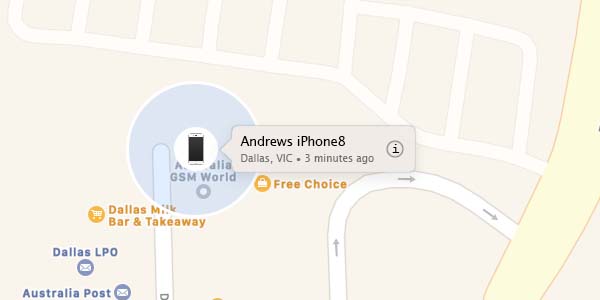
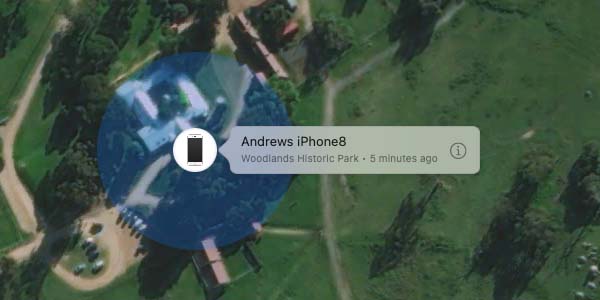
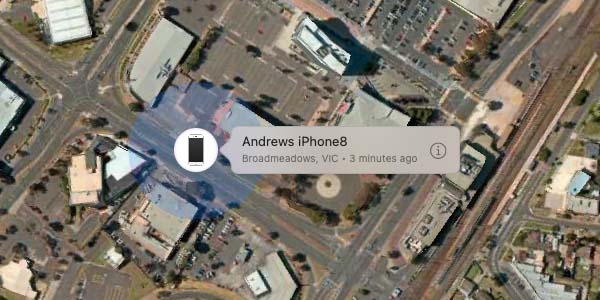

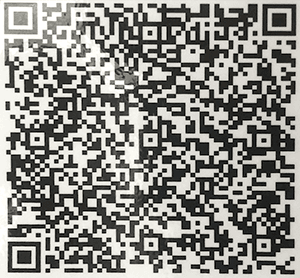
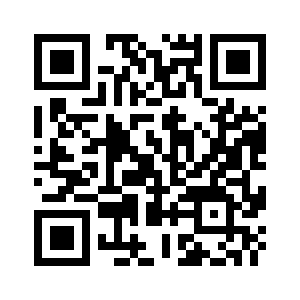
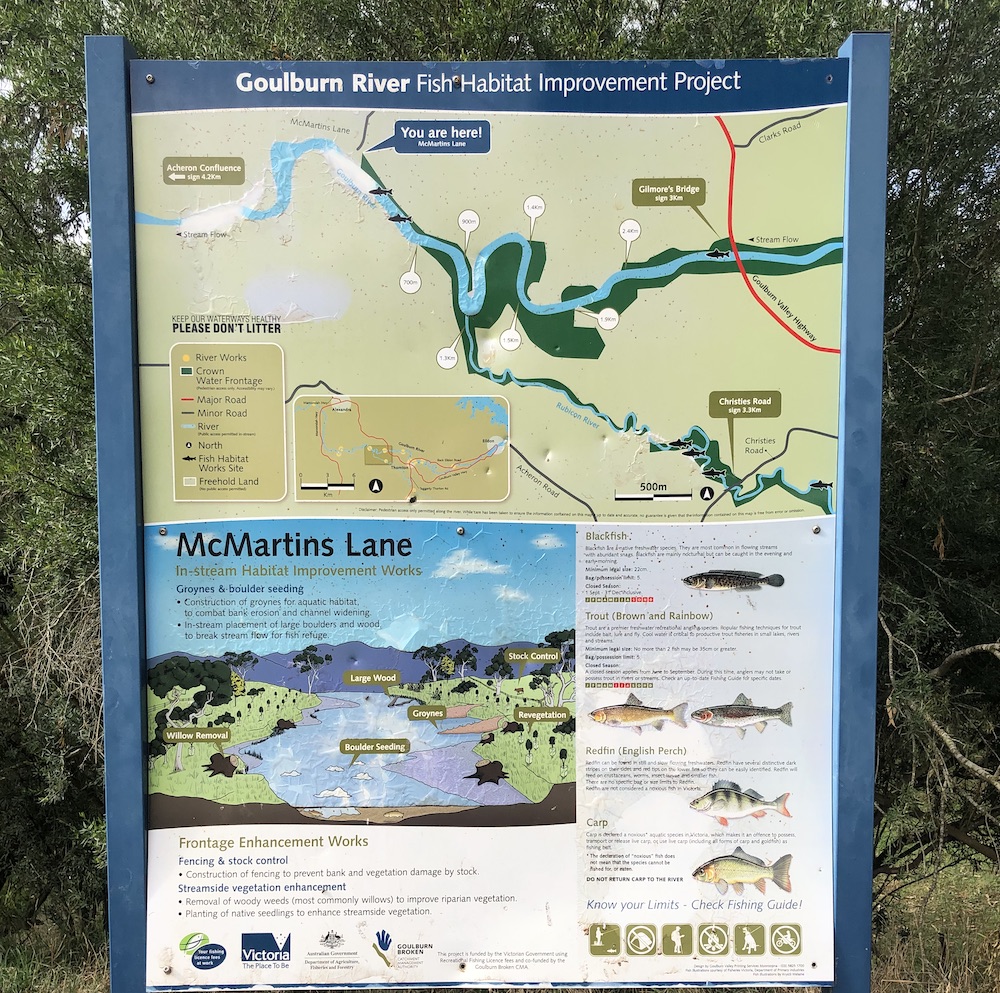
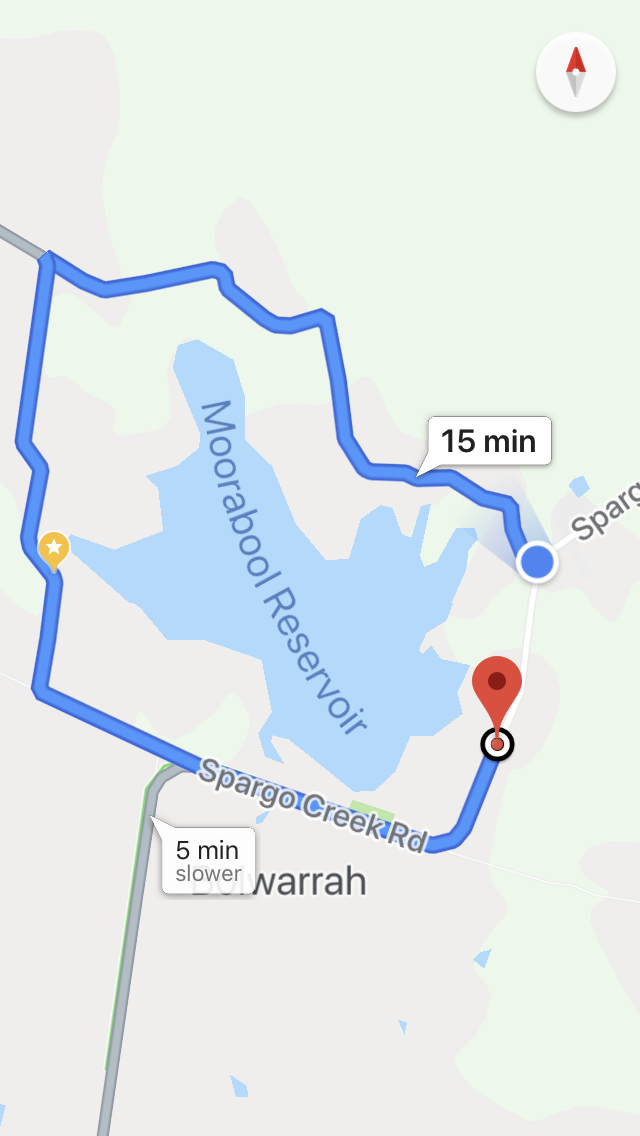
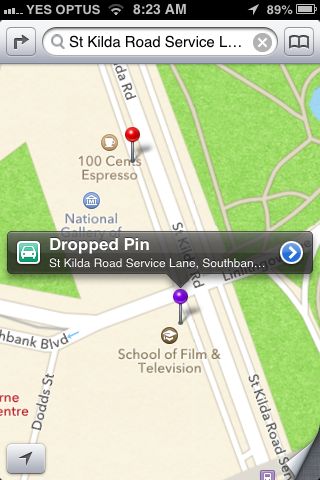 I was arranging to pick my daughter up after a theatre performance in the city last night, so as part of the text messaged arrangements, I dropped a pin on a map and shared it with her. All arranged, I thought.
I was arranging to pick my daughter up after a theatre performance in the city last night, so as part of the text messaged arrangements, I dropped a pin on a map and shared it with her. All arranged, I thought.